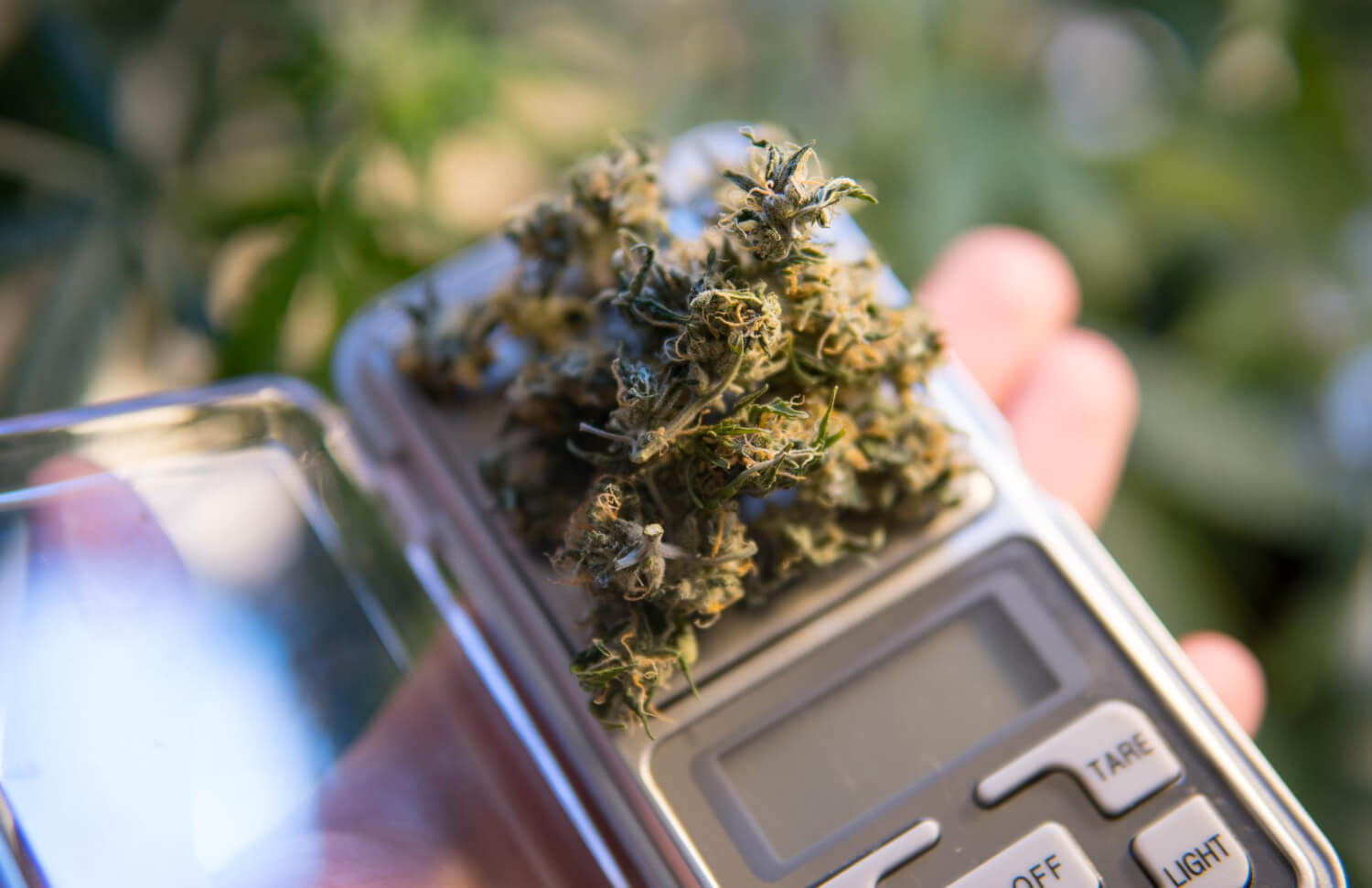Michigan cannabis sales increased 17.1% compared to the previous year, indicating a slower yet positive growth rate. This shift in dynamics is observed as both the medical and adult-use categories present contrasting performances. Medical cannabis sales experienced a decline of 77.9% from the prior year, totaling $2.5 million – which also translates into a sequential decrease of 21.9%. In contrast, adult-use cannabis sales went up by 22.6% compared to the preceding year, resulting in a total revenue of $240.3 million. However, even the adult-use market faced a sequential decline of 13.2%. The Michigan Cannabis Regulatory Agency offers further insight with pricing details for both segments.
Flower Pricing Drops Amidst Rising Supply Levels
As the supply of cannabis products continues its expansion, flower pricing for adult-use cannabis has experienced a notable drop. January’s average price per pound was recorded at $1491, representing a sequential decrease of 2.0% and an annual increase of 16.3%. This fluctuating trend might signal more adjustments on the horizon as the market tries to stabilize and accommodate for supply-demand balances.
Steady Expansion Despite Lower Growth Rates in Sales
The state’s cannabis industry witnessed an impressive leap in sales during 2021, with an 82.1% expansion and reaching a cumulative revenue of $1.79 billion. Continuing the momentum, albeit slightly reduced, Michigan’s cannabis sales proceeded to grow in 2022, recording an additional 27.9% increase and hitting a total of $2.29 billion. While the figures provide a quick illustration of the marketplace’s overall development, understanding sector-specific growth is essential for grasping the accurate picture.
Adult-use Cannabis Claims the Spotlight as Medical Sales Drop
The trends within Michigan’s cannabis industry reveal that adult-use sales are primarily responsible for boosting the market growth. On the other hand, medical cannabis sales have demonstrated a sharp decline. The potential reasons behind this contrast might be diverse. Shifts in user preferences, greater acceptance, and normalization of adult-use cannabis products, as well as varying legal frameworks across states—these all may contribute to the diverging trajectories of medical and adult-use cannabis markets.
Increased Competition Might Contribute to Pricing Fluctuations
The lowering of flower prices within the adult-use cannabis category could be attributed to increasing competition among suppliers. With more players entering the space and focusing on expanding their operations, achieving economies of scale to keep pricing competitive has become crucial. As businesses work toward consolidating their positions and managing production costs efficiently, the market can see corresponding changes in product pricing. Observing how these competitive dynamics will further evolve and impact pricing trends remains a fascinating aspect of studying Michigan’s maturing cannabis industry.
A Maturing Industry in Need of Strategic Planning
Michigan’s cannabis market embodies both the complexities and opportunities of a growing industry. With significant sales growth driven mostly by the adult-use segment and contrasting trends in medical use, stakeholders must remain vigilant in understanding the shifting landscape. Factors such as consumer behavior, regulatory policies, price dynamics, and ever-growing competition collectively shape the future of the Michigan cannabis market. Consequently, businesses operating within the sector need to focus on strategic planning, navigating challenges, and capitalizing on opportunities as they emerge.
The diverse growth patterns and pricing fluctuations in Michigan’s cannabis market testify to its gradual maturation. As the industry evolves, stakeholders must adapt, innovate, and assess new ways to strengthen their positions and serve a highly dynamic customer base. Succeeding in this marketplace requires both resilience and agility—for companies aiming to leave a lasting impression, there is no looking back.





